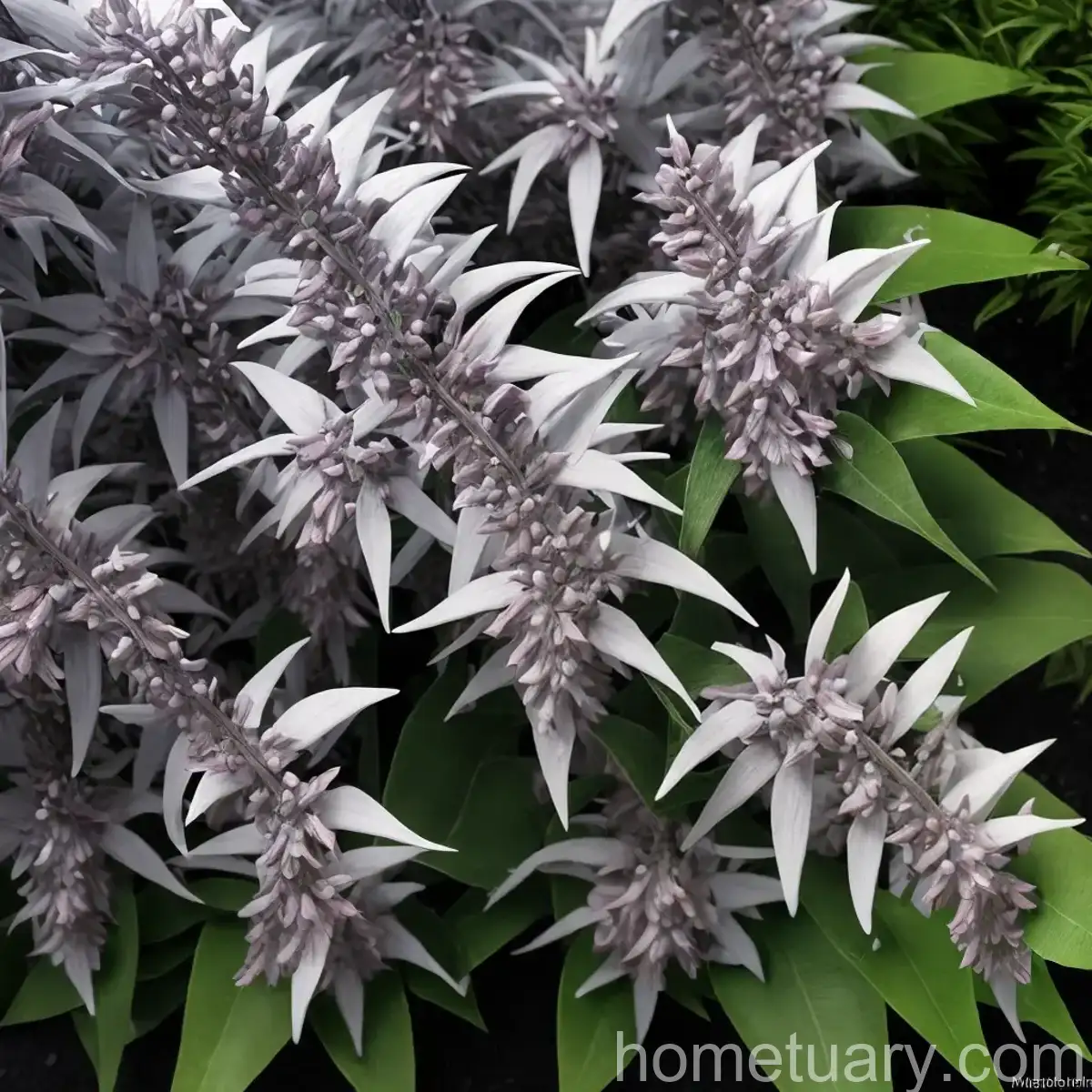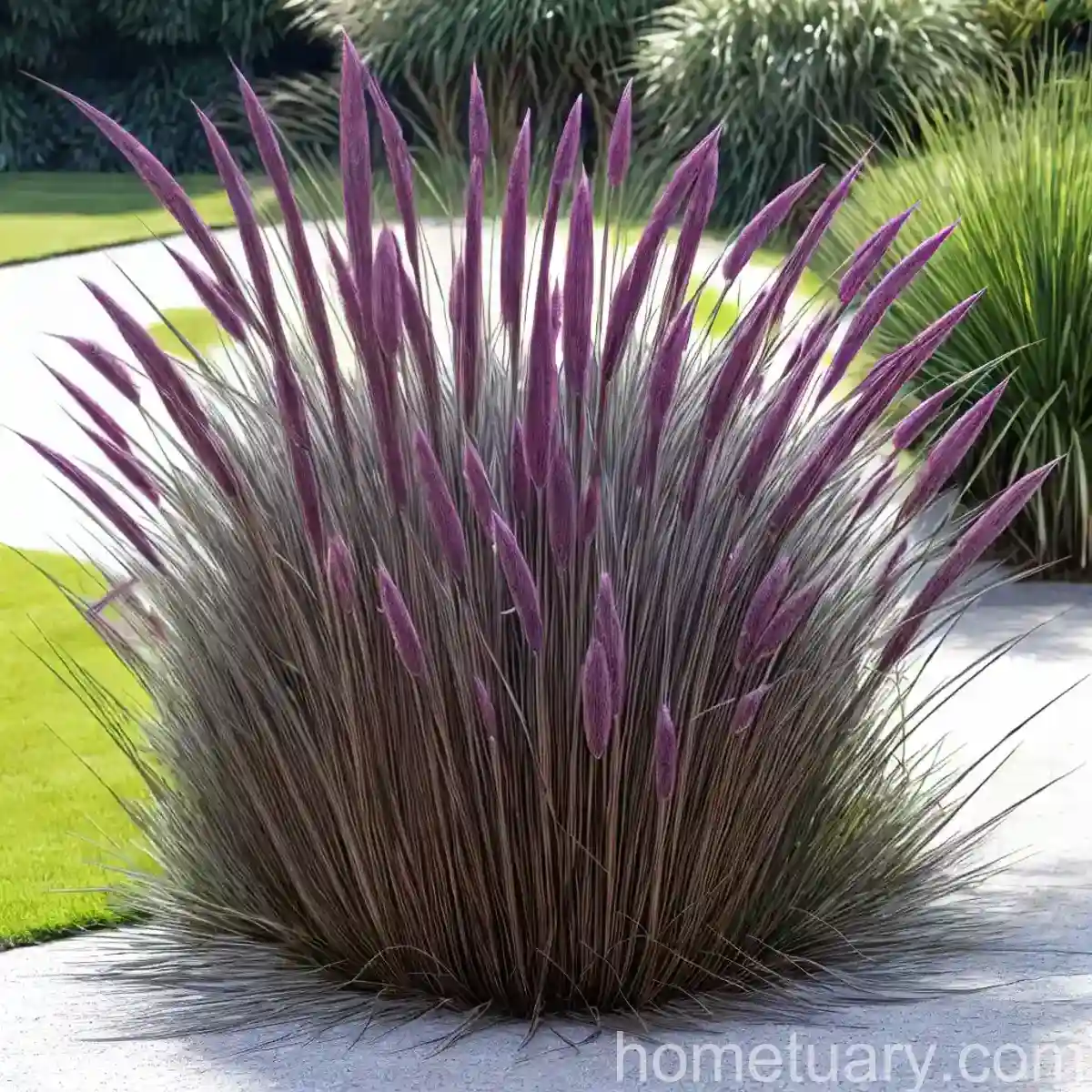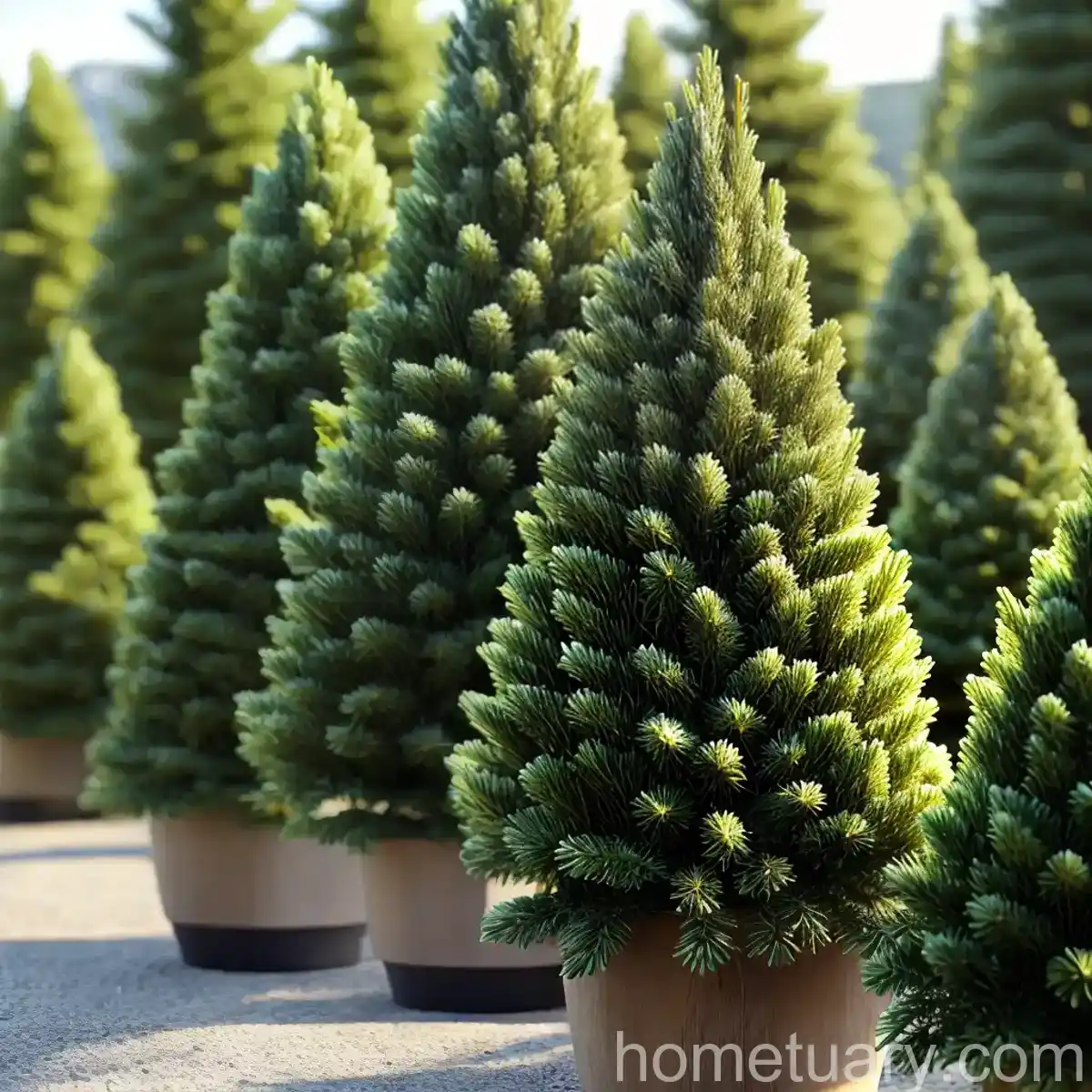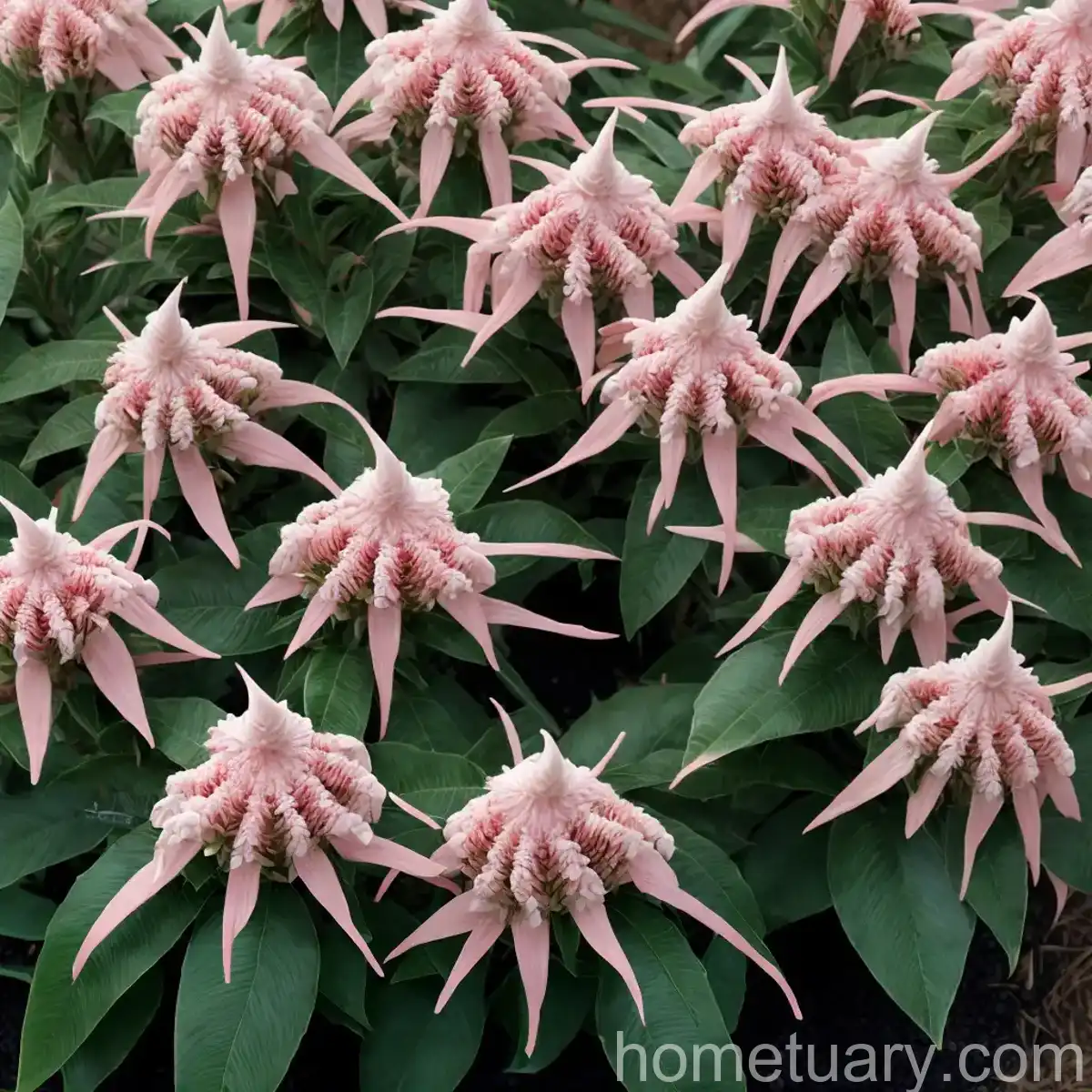Chinese Juniper (Juniperus chinensis ‘Daniel’s Dwarf’)
Juniperus chinensis ‘Daniel’s Dwarf’ is a captivating evergreen shrub that belongs to the expansive Cupressaceae family. Also known as Chinese juniper, this plant is renowned for its stunning foliage and is popular in landscaping and ornamental gardening. In this comprehensive guide, we will delve into the intricacies of caring for Chinese juniper, including its culture, uses, maintenance, and much more.
What is Chinese Juniper (Juniperus chinensis ‘Daniel’s Dwarf’)?
Chinese juniper (Juniperus chinensis ‘Daniel’s Dwarf’) is a slow-growing evergreen shrub that features scale-like, dark green foliage. This plant is characterized by its dense, mounding growth habit, making it a favored choice for edge plantings, rock gardens, and containers. The ‘Daniel’s Dwarf’ variety typically reaches a mature height and spread of around 1-2 feet, creating a compact and visually striking presence in any landscape.
This variety is highly prized for its durability and adaptability, thriving in various growing conditions and climates. Chinese juniper is a hardy plant, showcasing excellent resistance to pests, diseases, and environmental stressors.
Key Takeaways – Chinese Juniper (Juniperus chinensis ‘Daniel’s Dwarf’)
- Scientific Name: Juniperus chinensis ‘Daniel’s Dwarf’
- Common Name: Chinese Juniper
- Plant Type: Evergreen shrub
- Mature Height: 1-2 feet
- Mature Spread: 1-2 feet
- Growth Rate: Slow
- Foliage Color: Dark green
- Foliage Texture: Scale-like
- Preferred Soil pH: Neutral to slightly acidic
- Sunlight: Full sun to partial shade
- Watering: Drought tolerant once established
- Maintenance: Low maintenance
- Uses: Edging, rock gardens, containers, landscape borders
Now, let’s explore the essential aspects of cultivating and caring for Chinese juniper to ensure its optimal growth and health.
Culture
Cultivating Chinese juniper involves understanding its specific cultural requirements, including water, sunlight, soil, and fertilizer needs.
Water
Chinese juniper is remarkably resilient and exhibits excellent drought tolerance once it establishes its root system. During the initial establishment phase, it is crucial to provide regular watering to promote healthy root development. However, once the plant is established, it typically thrives in dry to medium moisture levels. Therefore, it is essential to avoid overwatering, as the plant may suffer in consistently soggy conditions.
Sunlight
To thrive and display its best growth habits, Chinese juniper prefers full sun to partial shade. When planted in a location with full sun exposure, the plant emerges with a dense, vibrant foliage display. In areas with partial shade, Chinese juniper can still flourish, but its growth habit may be slightly more open and less compact compared to those grown in full sun.
Soil
Chinese juniper thrives in well-draining soil with neutral to slightly acidic pH levels. It is crucial to avoid waterlogged or compacted soil, as these conditions can hinder the plant’s root development and overall health. When planting Chinese juniper, amending the soil with organic matter can enhance its growth and vitality.
Fertilizer
Chinese juniper typically thrives without frequent fertilization, especially if planted in nutrient-rich soil. However, if grown in poor soil conditions, applying a balanced slow-release fertilizer in the spring can bolster the plant’s growth. It is important to follow the recommended application rates to prevent over-fertilization, which can be detrimental to the plant.
Pruning
Chinese juniper generally requires minimal pruning, thanks to its naturally compact and dense growth habit. However, selective pruning can be performed to maintain its desired shape and size, remove dead or damaged branches, and encourage new growth. When pruning, it is crucial to use sharp and sterilized tools to ensure clean cuts and minimize the risk of introducing diseases.
Propagation
Chinese juniper can be propagated through several methods, including seed propagation and stem cuttings. Planting seeds or taking cuttings during the spring or early summer typically yields successful results. However, it is important to note that growing Chinese juniper from seed requires patience, as the plant has a slow growth rate, and it may take several years to reach maturity from seedlings.
Container Popularity
Chinese juniper, especially the ‘Daniel’s Dwarf’ variety, is highly favored for container gardening due to its compact size and visually appealing foliage. When grown in containers, it can serve as a versatile and eye-catching addition to patios, porches, and outdoor living spaces.
Uses
Landscape Design
Chinese juniper is renowned for its versatility in landscaping, offering a myriad of design possibilities. Its compact size and dense growth habit make it an excellent choice for edging along walkways, defining garden borders, and creating eye-catching focal points in the landscape. Furthermore, when planted in groups or clusters, Chinese juniper can form striking groundcover or accent plantings.
Container Gardening
The ‘Daniel’s Dwarf’ variety of Chinese juniper is particularly popular for container gardening, where it can be showcased as a standalone feature or paired with other ornamental plants to create captivating arrangements. Its low maintenance requirements and adaptability to container growth make it an ideal choice for beautifying outdoor living spaces and adding greenery to urban environments.
Common Diseases
While Chinese juniper is known for its resilience, it is still susceptible to certain diseases that can impact its health and appearance. Understanding the common diseases and their identification is crucial for implementing effective preventative measures and treatment strategies.
Disease Diagnosis
Some of the common diseases that may affect Chinese juniper include:
- Phytophthora Root Rot: This soil-borne disease can lead to root rot and overall decline in plant health. Symptoms include wilting, yellowing foliage, and stunted growth.
- Kabatina Blight: Caused by the Kabatina juniperi fungus, this disease manifests as brown spots on the foliage, eventually leading to dieback of branches and needles.
- Cedar-apple Rust: While not exclusive to Chinese juniper, this fungal disease can impact its overall health, causing yellow spots on the foliage and affecting its aesthetic appeal.
Preventative measures, such as proper irrigation practices, maintaining good air circulation, and promptly removing and disposing of infected plant material, can help mitigate the risk of disease development.
Common Pests
Chinese juniper is relatively resistant to pest infestations, but certain insects can still pose a threat to its health. Recognizing the common pests and implementing appropriate pest management techniques is essential for preserving the plant’s vitality.
Insect Infestations
Some of the common pests that may affect Chinese juniper include:
- Spider Mites: These tiny arachnids can cause stippling, discoloration, and webbing on the foliage.
- Bagworms: These caterpillars construct spindle-shaped bags on the foliage, feeding on the plant’s needles and causing visible damage.
- Scale Insects: Scale insects can appear as small, waxy bumps on the twigs and foliage, sapping nutrients from the plant and potentially leading to decline.
Employing natural predators, such as beneficial insects, and using horticultural oils or insecticidal soaps can help manage and control pest populations without causing harm to the plant or the surrounding environment.
Botanist’s Tips
- Companion Planting: Consider planting Chinese juniper alongside companion plants, such as lavender, rosemary, and ornamental grasses, to create visually appealing and complementary landscape compositions. Companion plants can also contribute to pest control and ecosystem diversity.
- Regular Inspection: Routinely inspect Chinese juniper for signs of pests, diseases, or environmental stressors, taking proactive measures to address any issues promptly and effectively.
Fun Facts
To deepen your appreciation for Chinese juniper, here are some intriguing and lesser-known facts about this remarkable plant:
- The term “Juniperus” is derived from the Latin word “juniper,” which means “youth-producer,” alluding to the longevity and vitality associated with juniper plants.
- Some species of Chinese juniper have aromatic foliage, emitting a pleasant fragrance when crushed or brushed against.
- Chinese juniper serves as a valuable wildlife habitat, providing shelter and food sources for various bird species, including cedar waxwings and sparrows.
Now that we have explored the fundamental aspects of caring for Chinese juniper, let’s take a closer look at some renowned varieties, maintenance practices, and additional resources for further learning and inspiration.
Links to External Resources
For more in-depth information on Chinese juniper (Juniperus chinensis ‘Daniel’s Dwarf’) care and cultivation, as well as inspiring landscape design ideas and gardening techniques, consider exploring the following external resources:
- The American Conifer Society: An organization dedicated to promoting the comprehensive knowledge and appreciation of conifers, including Chinese juniper varieties and cultivation tips.
- The Royal Horticultural Society: A leading authority on gardening and horticulture, offering valuable insights into plant care, landscape design, and horticultural best practices.
- University Extension Services: Many university extension services provide detailed articles, guides, and publications on ornamental plant care, pest management, and landscaping principles, including specific information on Chinese juniper care and maintenance.
By leveraging these external resources, you can enrich your understanding of Chinese juniper and cultivate a thriving and visually captivating landscape featuring this exceptional evergreen shrub.
In conclusion, Chinese juniper (Juniperus chinensis ‘Daniel’s Dwarf’) stands as a prized addition to ornamental gardens, landscape designs, and container plantings. Its striking foliage, low maintenance requirements, and adaptability make it a versatile and enduring choice for both novice and experienced gardeners. Whether used as a focal point in a rock garden, an elegant edging plant, or a standout container feature, Chinese juniper exemplifies timeless beauty and resilience in the plant kingdom.
As you embark on your journey of cultivating and caring for Chinese juniper, may your gardening endeavors be enriched by the enduring charm and grace of this remarkable evergreen shrub.
Remember to take advantage of the extensive information and resources available to further enhance your knowledge and skills in creating stunning landscapes featuring Chinese juniper. Happy gardening!















